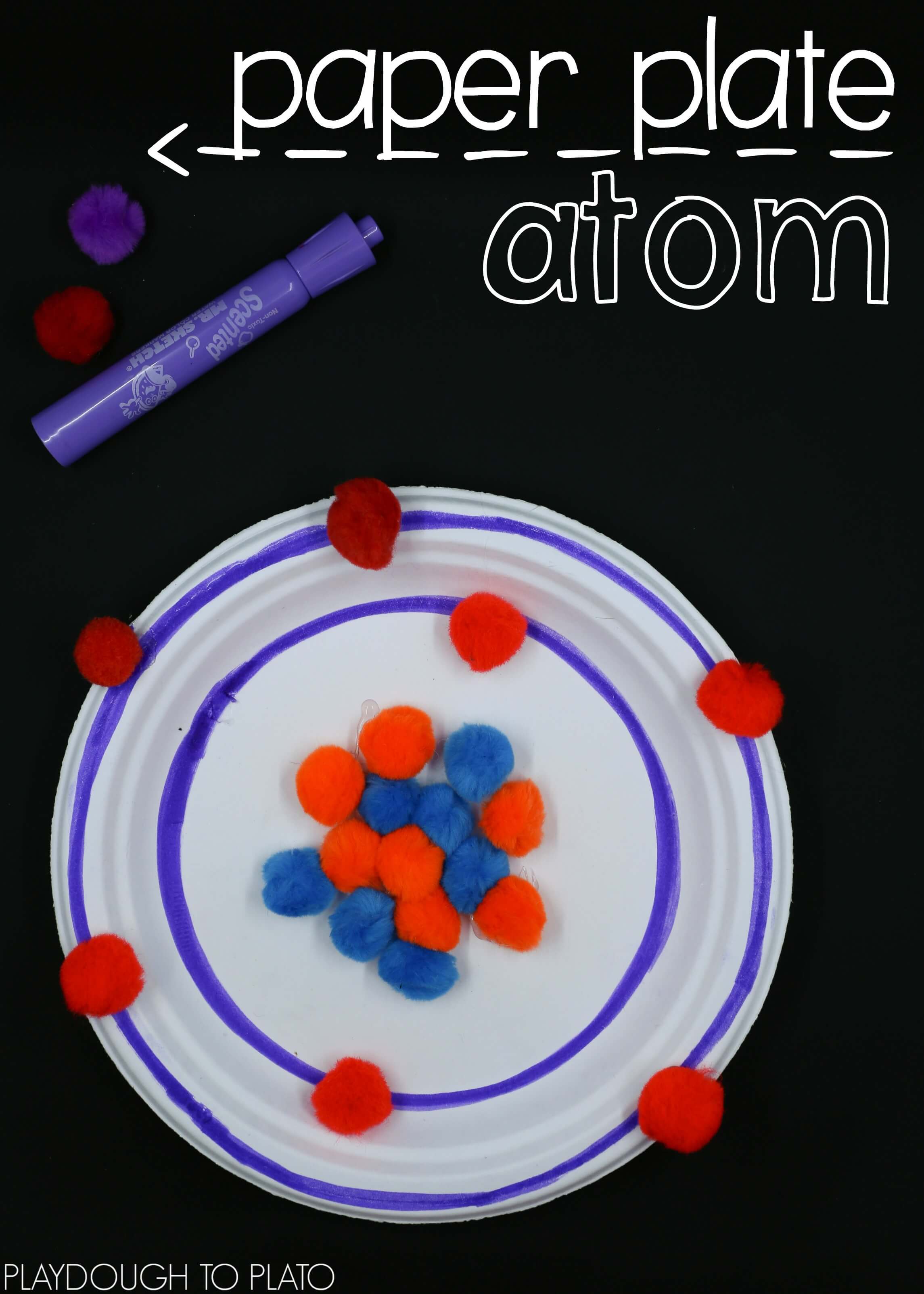

If at all, we consider number of protons to electrons to 2 neutrons 4 neutrons also 2, then the element is 2 heh, 4, its charges 0. We get the element: 1 h, 1, hydrogen and its net charges and the mass number a is also 1. Study with Quizlet and memorize flashcards containing terms like What particles are located in the center of an atom, What do the number of protons. For example, if the proton number is 1, electron number is 1 and neutron number is 0. So these things are going to be changed so, based on the hypothesis we can prepare, any element will be knowing the elements symbol. There won't be any change in the symbol of an atom or the charge, but we can see if the atom is stable or unstable. We need to click and drag the protons neutrons and electrons and place them inside the atom model that is given so that, accordingly, the protons increases neutrons increases and the electrons also increases accordingly, with the change in the proton number increase or decrease, we get the specified Element and it's a symbol and similarly, as we add electrons or remove electrons, we get the charge on the charge is displayed on the screen and with the neutrons increase or decrease.
Build an atom plus#
So when we open the build an atom simulation, we need to first select the labeled atom and select the orbits and then clicon plus button in order to change the net charge or mass of a mass number of an atom which is a to build an atom. Protons are positive, neutrons are neutral and electrons are negatively charged particles. So what is an atom before atom is the smallest particle of matter is the smallest chemical unit that we can consider smallest particle, so the scientists who involved in the discovery of atoms are the very first person is the john dalton and rutherford, and many others, and The particles that are present in the atoms are protons, neutrons and electrons. We can construct the atoms by choosing the models. Matter consists of atoms everywhere, so every matter consists of atoms in the fat simulations of structure of an atom. You may need to do additional experimenting to answer the analysis questions so keep the simulation open until you have completed the assignment. To build an atom, click and drag protons, neutrons, and electrons and place them into the atom: Experiment with the atom builder and build 4 different atoms_ Record the data for your atoms in the table below and then answer the analysis questions: This simulation allows you to build an atom out of protons, neutrons, and electrons, and see how the element, charge, and mass change.
Build an atom windows#
Select "orbits" as the model: Then click the next to Net Charge and Mass Number to open both of those windows
Build an atom simulator#
Procedure: In the atom building simulator select the first choice, labeled "Atom". Hypothesis: Predict how the addition of subatomic particles will affect the structure and properties of an atom_ (Example: predict that adding more neutrons will affect Introduction: What is an atom? An atom is the smallest unit of ordinary matter that forms a chemical element: Who were some of the scientists involved in discovering the atom? Dalton, Rutherford What particles are atoms composed of? protons, neutrons and electrons Scientists continue to investigate atoms and have discovered even smaller constituents of which neutrons and protons are made.SOLVED: Open the Phet build-an-atom simulator Atoms form bonds to other atoms by transferring or sharing electrons. An atom's electron configuration, particularly the outermost electrons, determines how the atom can interact with other atoms. The number of protons in the nucleus determines what an atom's electron configuration can be and so defines the element. The nucleus is composed of protons and neutrons which have roughly the same mass but differ in that protons are positively charged while neutrons have no electric charge. The nucleus is a tiny fraction of the volume of an atom but makes up almost all of its mass. Atoms are made of a positively charged nucleus surrounded by negatively charged electrons. The atoms of any element are like other atoms of the same element, but are different from the atoms of other elements. All matter is made up of atoms, which are far too small to see directly through a microscope.
Build an atom free#
The Physics Front is a free service provided by the AAPT in partnership with the NSF/ NSDL.


 0 kommentar(er)
0 kommentar(er)
